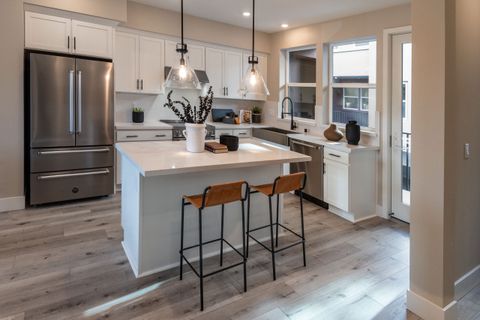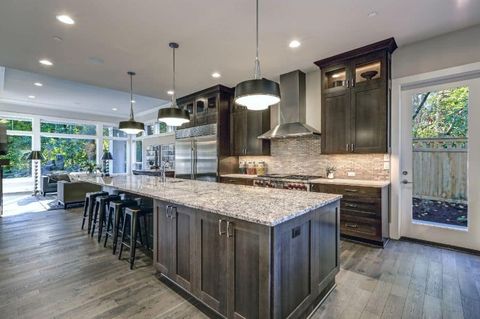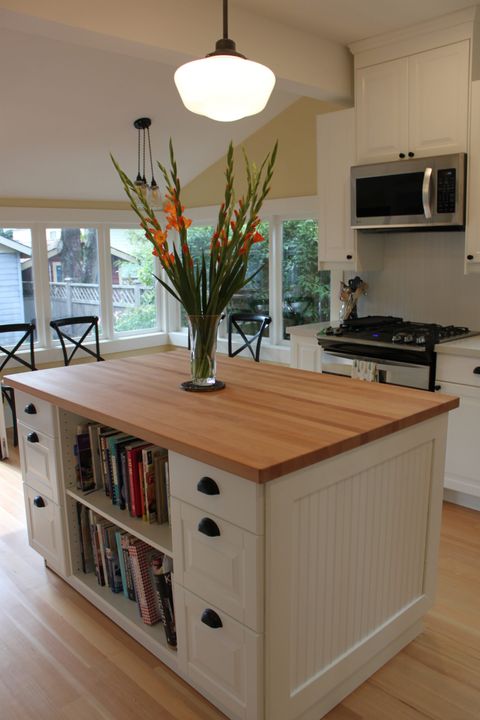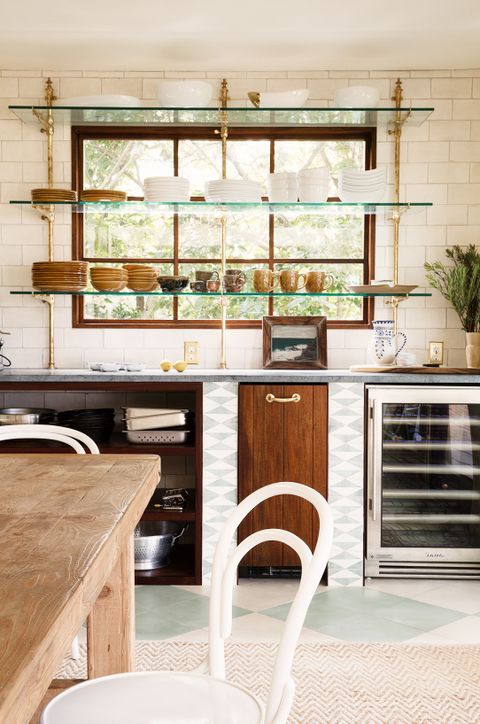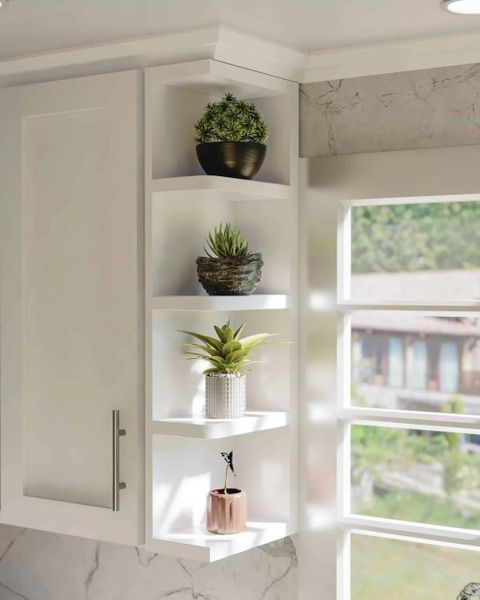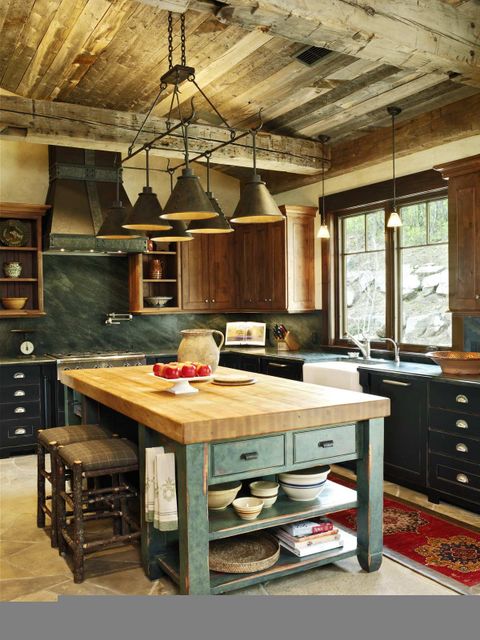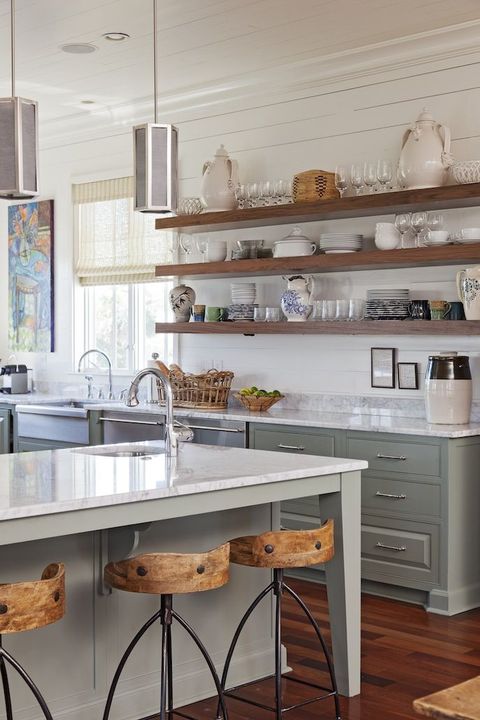The Alameda kitchen island, a staple in countless homes, is more than just a pretty face. It’s a functional workhorse, a gathering spot, and often, the heart of the kitchen. But how much do we really know about what makes it tick? This article is a deep dive, a behind-the-scenes look at the Alameda kitchen island, focusing specifically on its materials and build quality. We’ll explore everything from the type of wood used to the construction techniques, giving you the knowledge you need to make informed choices for your own space. And, I’ll share some personal experiences along the way, because let’s be honest, I’ve seen a lot of kitchen islands. And trust me, they’re not all created equal.
Before we get into the nitty-gritty, let’s establish a baseline. The Alameda kitchen island is generally recognized for its blend of style and utility. Its design often features a clean, modern aesthetic, often with a solid countertop, ample storage, and sometimes even a built-in breakfast bar. But the real story lies beneath the surface. Understanding the materials and the construction methods is key to appreciating the island’s true value, longevity, and how well it will hold up to the demands of daily life, like cooking, eating, and even, sometimes, homework sessions. So, let’s unearth the details and explore the unseen aspects of this popular kitchen fixture. We’ll break down the different parts and how they come together to create the island.
The Core Materials: What Makes an Alameda Kitchen Island?
The materials used in an Alameda kitchen island can greatly vary depending on the manufacturer and the specific model. However, some common elements are almost always present.
The Frame: This is often built from solid wood, such as maple, oak, or sometimes even a hardwood like birch. The choice of wood affects the island’s strength, look, and price. Cheaper islands might use engineered wood, like particleboard or MDF (Medium-Density Fiberboard), which can be less expensive but also less resistant to moisture damage.
The Countertop: Countertops are a big deal. Common choices include:
- Granite: A classic, durable, and heat-resistant choice. However, it can be porous and require sealing.
- Quartz: A very popular choice that is non-porous, super easy to clean, and comes in a massive array of colors and patterns.
- Butcher Block: Offers a warm, rustic feel but requires regular maintenance to prevent water damage.
The Finish: A quality finish protects the wood from spills, scratches, and daily wear and tear. Common finishes include paints, stains, and clear coats. The finish also impacts the island’s overall look and feel.
Hardware: Hinges, drawer slides, and handles may seem like small details, but they are crucial for the island’s functionality and longevity. Look for high-quality hardware, such as soft-close drawer slides and sturdy hinges, to ensure smooth operation over time. And, believe me, cheap hardware is a real pain when it breaks.
Construction Techniques: Putting It All Together
How the Alameda kitchen island is assembled is just as important as the materials used. The construction techniques used significantly impact the island’s durability, stability, and lifespan.
Joints: Quality construction usually involves strong joints, such as mortise-and-tenon joints, dovetail joints, or pocket screws. These joints provide a solid connection and help the island withstand years of use. Cheaper islands might use simpler joints, like butt joints, which are less strong.
Frame Assembly: The way the frame is put together affects the overall structural integrity. Look for islands where the frame is built with strong, interlocking joints, and reinforced with corner braces or other supports.
Countertop Attachment: The countertop needs to be securely attached to the base. This is often achieved using screws, adhesive, or a combination of both. The method used should allow for expansion and contraction of the materials without causing damage to the structure, especially important with wood.
Finishing: The finish should be applied evenly and thoroughly to protect the wood and enhance its appearance. Multiple coats of paint or stain, with sanding in between, are a sign of quality.
Spotting Quality: What to Look For
So, how do you separate a well-built Alameda kitchen island from one that’s, well, not so well built? Here are some things to look for when you’re shopping:
Examine the Joints: Check how the pieces of wood are connected. Are the joints tight and strong? Do they look like they’ll last?
Inspect the Finish: Is the finish even and smooth? Are there any drips, runs, or imperfections?
Test the Drawers and Doors: Open and close the drawers and doors several times. Do they move smoothly and quietly? Do they have soft-close features?
Feel the Weight: A well-built island will feel solid and sturdy. Avoid islands that feel flimsy or lightweight.
Read Reviews: See what other people say about the island. Check online reviews and ask friends or family for their opinions. Sometimes, the best insights come from those who’ve lived with the island for a while.
Ask Questions: Don’t be afraid to ask the seller about the materials and construction methods used. A reputable seller will be happy to provide this information.
Consider the Warranty: A longer warranty can indicate that the manufacturer is confident in the quality of their product.
Maintenance and Care: Keeping Your Island Beautiful
Once you’ve chosen your Alameda kitchen island, proper maintenance is key to keeping it looking its best for years to come. Here are some tips:
Clean Spills Immediately: Wipe up spills as soon as they happen, especially on wood surfaces. This will help prevent stains and water damage.
Use a Cutting Board: Protect your countertop by using a cutting board, especially when chopping or slicing food. This is particularly important for wood countertops.
Avoid Harsh Chemicals: Don’t use abrasive cleaners or harsh chemicals on the island’s surfaces, as these can damage the finish. Stick to mild soap and water.
Regular Cleaning: Clean your island regularly to remove dust, dirt, and grime. Use a soft cloth and a mild cleaning solution.
Protect from Heat: Use hot pads or trivets to protect your countertop from heat damage. Never place hot pots or pans directly on the surface, especially with certain materials like quartz.
Re-seal as needed: If you have a porous surface like butcher block or granite, resealing it regularly is important to keep it water-resistant. Follow the manufacturer’s recommendations for the best results.
Real-World Examples: Putting Theory Into Practice
Let’s look at some real-world examples to illustrate some of these points.
Example 1: The Budget-Friendly Island: I remember a friend who bought a kitchen island from a big-box store. It looked great initially, but the particleboard frame started to swell near the sink, and the drawer slides broke after only a few months of use. This highlights the importance of quality materials and construction, even if it means spending a little more upfront.
Example 2: The Solid Wood Gem: My aunt invested in a solid maple island with a quartz countertop. It’s been in her kitchen for over ten years, and it still looks incredible. The solid wood frame and high-quality hardware have stood the test of time, proving that investing in quality pays off.
Example 3: The Butcher Block’s Tale: I once worked with a client who had a beautiful butcher block island. They loved the warm feel of the wood, but they didn’t maintain it properly. Over time, water seeped into the wood, and it developed stains. It’s a reminder that even high-quality materials require proper care.
These examples, and many more I’ve encountered, underscore the importance of considering both the materials and the build quality when choosing an Alameda kitchen island.
Making the Right Choice: Putting It All Together
Choosing the right Alameda kitchen island can be a significant investment, and it’s one you’ll likely live with for years. By understanding the materials, construction techniques, and proper maintenance, you can make an informed decision that will provide both beauty and functionality for years to come. Remember to consider your needs and lifestyle. Do you need a durable surface for heavy-duty cooking? Or is a more decorative island a better fit? By asking the right questions, doing your research, and paying attention to the details, you can find an Alameda kitchen island that perfectly complements your kitchen and your life. I hope this detailed look has helped you understand everything you need to know about the Alameda kitchen island, from its build to its upkeep. So go forth, make informed choices, and create your dream kitchen space. And don’t be afraid to ask for help! Sometimes, a little professional advice can make all the difference.
The Alameda kitchen island, when carefully selected, is a fantastic addition to any kitchen. By investigating the materials, the assembly, and the long-term care required, you can make sure you are choosing an island that will not only look good but also stand the test of time. I hope this deep dive has empowered you with the knowledge to make the best choice for your needs. Now you’re ready to explore, compare, and find the perfect kitchen island. Happy hunting, and enjoy the journey of creating a space you’ll love. And also, remember that even a little bit of research can go a long way. So, take your time, ask questions, and choose wisely. Your kitchen, and your future self, will thank you for it. And, remember, a well-chosen kitchen island can truly be the center of your home.



